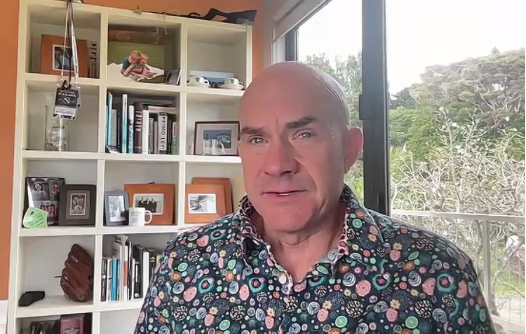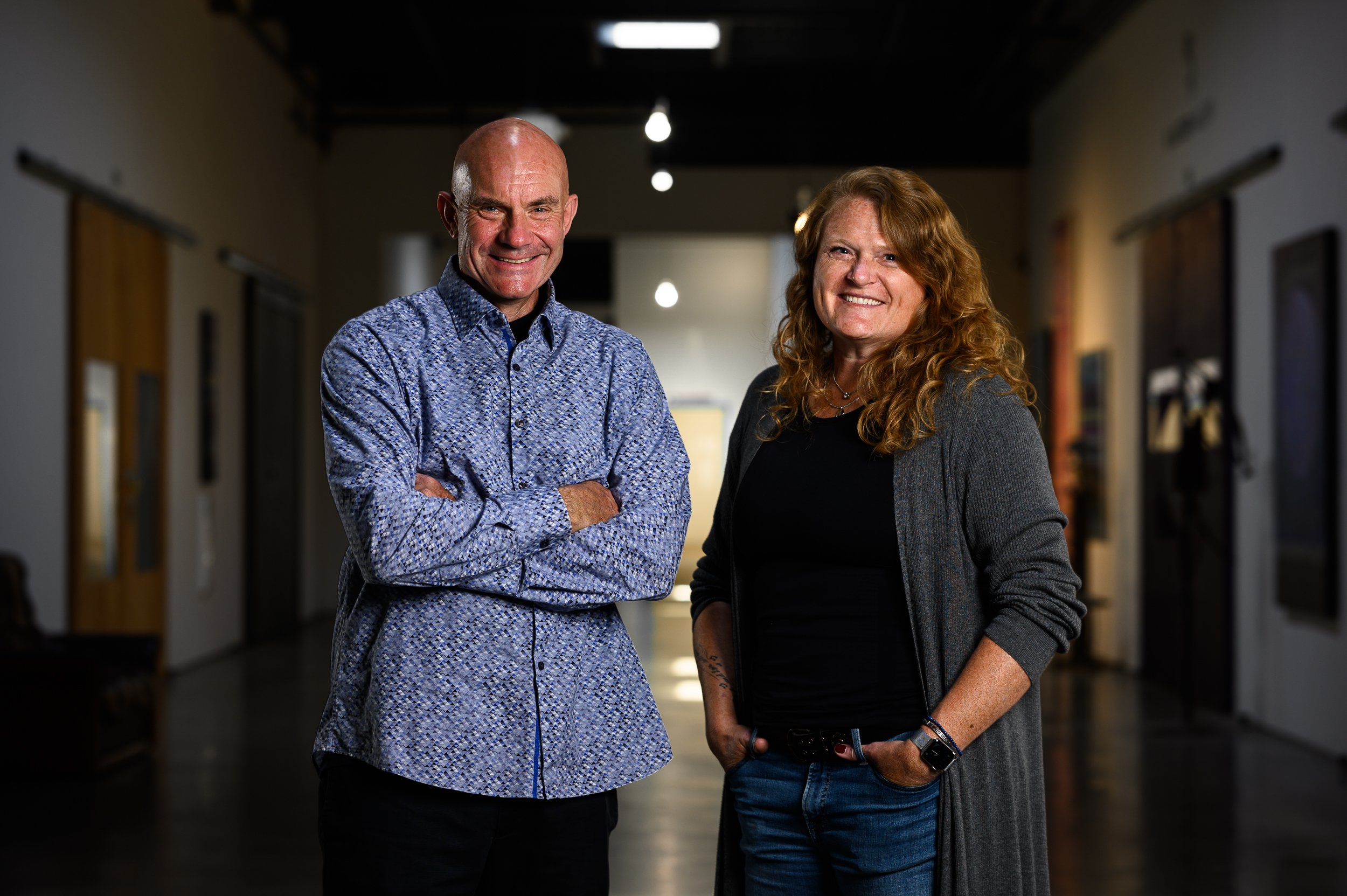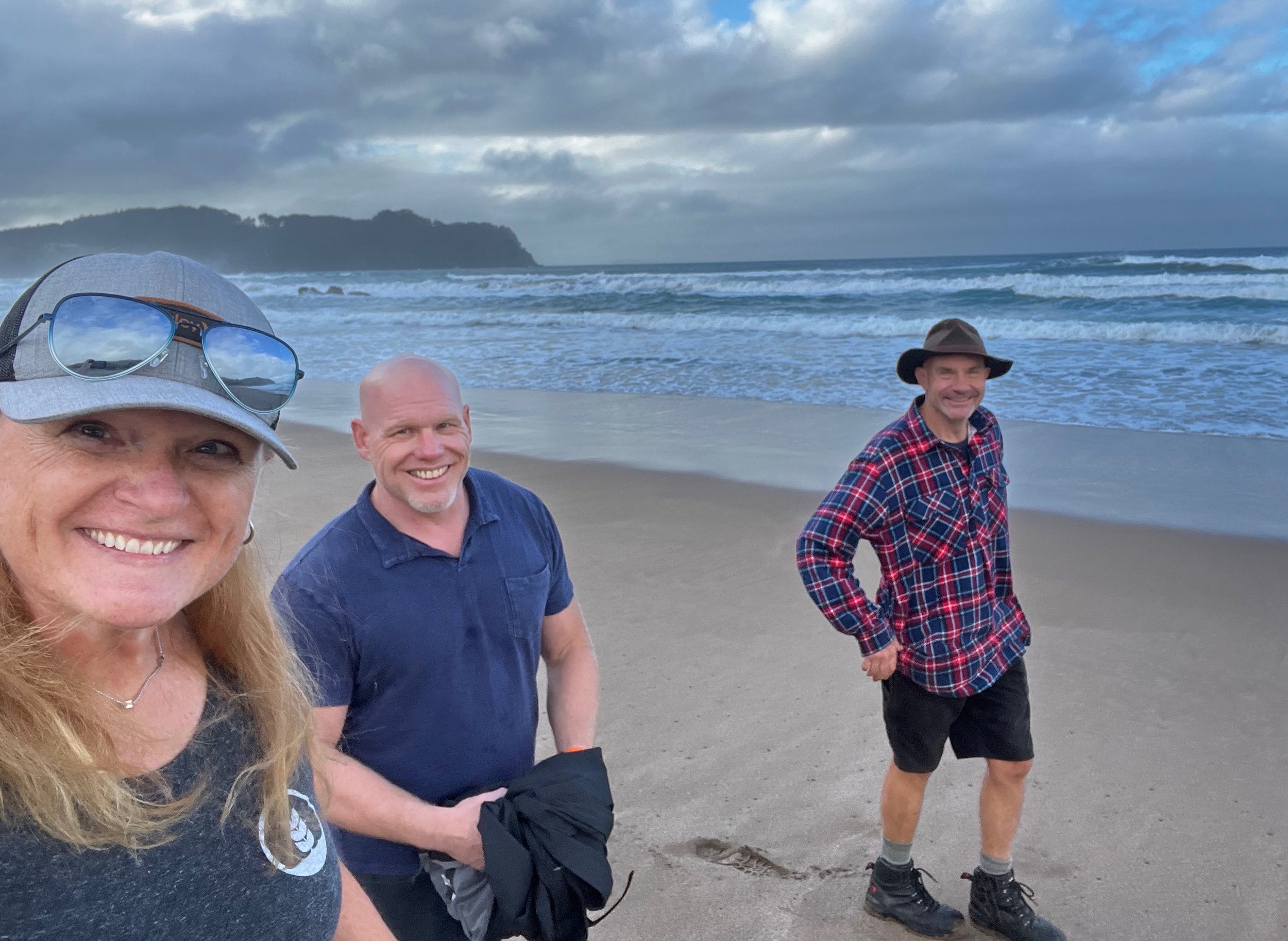Interview: Dan Wallace, Co-founder & CTO of Capstan Medical
Team Capstan at the Wrigley Building
We recently reported on Capstan Medicals transformative funding round: $31.4 Million for Minimally Invasive Heart Valve Disease Treatment.
Dan Wallace
That peaked our interest! We wanted to know more about Capstan, so we sat down with Dan Wallace, co-founder & CTO. In this interview, we learned that Dan was a former flight controller at NASA. His journey progressed from aerospace to the field of surgery. Inspired by the traumatic nature of surgeries, he went back school and designed laparoscopic devices to make surgeries less invasive. He then moved on to designing instruments for robotic surgeries and co-founded Capstone Medical, a company focused on developing less invasive cardiac procedures. Dan emphasizes the importance of having a strong team and hiring the best people, while also highlighting the need for entrepreneurs to be involved in all aspects of their startup.
Overall, we were impressed with Dan's passion for making surgery less traumatic and his commitment to finding innovative solutions. It also underlines the significance of having a strong team and cultivating relationships within an ecosystem for business success.
Interview
Santa Cruz Works: Dan, good to talk to you. Tell me a little bit about your background.
Dan Wallace: Well, if you go way back, I love aerospace and airplanes. I started in mission control at NASA as a flight controller straight out of university in Houston. Of course, that's one of the greatest jobs in the world, right? But I got this bug where I wanted to start working to make surgery less painful and less invasive. And so I went back to school on the West Coast and started working in early laparoscopic devices, designing devices to make surgery possible through little tiny holes instead of big incisions. And that's kind of been my whole career: trying to do surgery through little incisions instead of big, huge holes and make it less traumatic. If you've ever seen heart surgery – cutting through somebody's bone and opening their chest and stopping their heart, I mean, it's amazing how many lives that procedure is saved. But it's also amazing how traumatic, painful, expensive, and how many people don't get treated because they can't survive that kind of trauma.
Santa Cruz Works: Was there a personal experience that inspired you to focus on less invasive surgery?
Dan Wallace: My grandfather went through that a couple of times, and I'd seen friends of my parents have surgeries that it just seems so barbaric in some ways. You spend six months recovering from an event that's supposed to save your life, but what an impact massive orthopedic surgery or massive heart surgery can have on you.
Capstan valve
I started designing instruments for laparoscopy, for general surgery in your abdomen, to remove cancer, things so that you don't have to cut somebody wide open. The progression has included developing the first robotic instruments to do surgery because we realized if you can put more control through these little tiny incisions, you can do more complex surgeries and keep reducing the trauma. After designing some devices for general surgery, I designed the wrist and the instruments for the first robotic surgery system, the Da Vinci system. It is incredible to be able to combine robotics experiences with designing implants into the Capstan dream team company in Santa Cruz. Pretty much the best team I've ever worked with. So we designed what we called kind of the first generation of transcatheter mitral valve replacements to replace surgeries where they crack your chest open and stop your heart to replace your leaky mitral valve.
We designed a system that could come up through your femoral vein about the size of your thumb, and instead of opening your chest, could place that valve in your heart from the inside out. So you're essentially doing surgery from the inside out. And we sold that company to Abbott Vascular. We put together a team in Santa Cruz because that's where we wanted to live, that's where we wanted to be. And so we started trying to figure out what we would do next, just knowing that we wanted to work together. And that's how Capstan Medical came around. We realized if we combined what we knew about delivery systems and catheters and mitral valve replacement and repair and robotics, we could make that surgery even more dependable and less invasive. And that's what our team is doing.
Santa Cruz Works: Having a stellar team is a winning hand for most startups. What was your market validation and design process? .
Evelyn, Dan, Aaron
Dan Wallace: Yeah, I mean, for us, as engineers, we had an engineering team, and David Schummers, our co-founder, came from the business side. We sat together and said, where is surgery still really underserved, really expensive, really traumatic to the patient? And we started looking at different places, things like stroke, where right now, if you live near a very big hospital in a big city, your chances of being treated for stroke and coming out in good shape are very good. If you live in the country, it's rough because you have to get to a good hospital very quickly to be treated for stroke. So we thought about that. We thought about Cardiac because there's still so many people who are untreated because of the expense and because of the trauma of cardiac surgery. We settled on Cardiac because as we started talking about it, we said, okay, there's a huge need, huge numbers of people who need it. We found that there are three, four, five reasons people are not getting treated. We knew how to design the implant and the delivery system together to address that need and then really expand the number of people who would be able to have the treatment by applying robotic control to it.
The conventional manual process requires surgery from the inside out to have maybe four, five, maybe six control knobs. Try doing surgery one knob at a time. It's almost like trying to draw a circle with an Etch A Sketch. You end up with something circular ish, but it's not quite right. You can get there, but it takes a long time. Whereas with the robot, it does the math so that it's controlling all six knobs at the same time.
Santa Cruz Works: I know that at Dominican Hospital, Howard Salvay brought in the DA Vinci. Are we talking about the same robotics?
Dan & Maggie
Dan Wallace: Yeah. A lot of us on this team, including our CEO, worked to develop the DA Vinci system starting in 1996. Today I think it has been used in over 12 million robotic surgery cases. It's a system that allows you to do complex maneuvers inside the body through instruments that are about the size of a pen. It's very expensive. It's very successful. When I was designing and developing the instruments there, Maggie – our current CEO of Capstan – was one of my first hires. I hired her straight out of Stanford, and now she's my boss.
Santa Cruz Works: Sounds like a natural progression, right? The student becomes the teacher or whatever.
Dan Wallace: One of my greatest mentors always said, find somebody smarter and better than you. Hire them and get them to do your job.
Santa Cruz Works: Absolutely. Now, is there AI implementation in your current product version?
Dan Wallace: It's the next generation. And there are ways it can help because you can learn a lot about by processing procedures that you're doing in the imaging and the positioning. So when you're doing something with a robot, it gives you this great chance to collect data, right. Like, you know where things moved and what the images looked like when they moved. And you can start collecting that information and building ways of helping people use successful techniques to repeat successful techniques, if that makes sense. And you can use a lot of the imaging data to start collecting ways to coach people and mentor people into success. These are complex procedures, and they take years and years to learn. And you want to be able to use that success to build in the future. If your system sees something successful 10,000 times, it can help you guide people towards that success.
Santa Cruz Works: What advice would you give to aspiring entrepreneurs?
Maggie, Aaron, Dan
Dan Wallace: Hire the smartest and the best people you can find. You can build almost anything around a great team. Additionally, be willing to do everything – from sweeping the floors to setting up the rooms. One of the things we all do together is whenever we have new people joining, we build their desks and bookshelves together. It's to do everything together and build everything together. It is all about the team.
And that team extends outside your company, too. Working with William Ow in the Wrigley Building, you know, he's part of our team. He's helped us so much. We have our core team working on our product, but it's also people like William, and even a company that cuts metal for us with lasers in Germany. I really think of them as part of our team. We can't do anything without them. We spend a lot of time working with them.
The beauty and benefits of relationships. That's one of the things probably people like you and I are coaching younger people: don't just send emails to develop those relationships. You show up, you have a beer, you go out to dinner together, you get to know each other. And when they understand you and understand what you're trying to do with your product, that's when they really help, they feel the same need.






